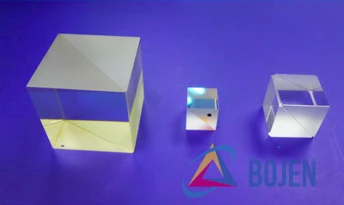Description
Standard Cube Beamsplitters are precision optical components designed to split a beam of light into two separate paths. These beamsplitters are meticulously crafted by cementing two right angle prisms together, creating a robust and reliable optical device. The hypotenuse surface of one of the prisms is coated with an interference coating, which determines the reflection and transmission ratios. This construction ensures that the beamsplitters offer a range of reflection/transmission ratios, making them versatile for various optical applications.
The high-quality construction of the Standard Cube Beamsplitters minimizes absorption loss, ensuring that the maximum amount of light is utilized in your optical system. The materials used, such as N-BK7 equivalent glass, are chosen for their excellent optical clarity and durability. These beamsplitters are available in standard dimensions of 10mm, 12.7mm, and 25.4mm, with the option for custom designs to meet specific requirements. The scratch and dig specifications, ranging from 60/40 to 40/20, ensure a pristine optical surface, while the flatness is maintained at λ/4 to guarantee precise optical performance.
It is important to note that the output from these beamsplitters is partially polarized. If polarization sensitivity is a critical factor for your application, it is advisable to consider using Polarizing Beamsplitters or Broadband Non-Polarizing Cube Beamsplitters for optimal results. With a wavelength range of 400-700nm, these beamsplitters are suitable for a wide array of optical tasks, providing reliable and consistent performance in various settings.
Standard Cube Beamsplitters
Specifications
| Material: | N-BK7 |
|---|---|
| Wavelength Range: | 400 – 700 nm |
| Max Beam Deviation: | 3 arcmin |
| Size (Linear Dimension): | 10 mm |
| Dimension: | 10mm, 12.7mm, 25.4mm or customer design |
| Scratch & Dig: | 60/40~40/20 |
| Flatness: | λ/4 |
| Beam Deviation: | <3 arc min |
Features
- Versatile Dimensions: Available in 10mm, 12.7mm, 25.4mm or custom designs to suit various applications.
- High Optical Quality: Scratch & Dig specifications of 60/40 to 40/20 ensure minimal surface imperfections.
- Precision Flatness: λ/4 flatness guarantees superior optical performance.
- Accurate Beam Deviation: Ensures beam deviation of less than 3 arc minutes for precise applications.
- Quality Material: Made from N-BK7 equivalent glass for excellent optical properties.
- Optimal Wavelength Range: Designed to operate effectively within the 400-700nm wavelength range.
- Interference Coating: Features an interference coating on the hypotenuse surface for designated reflection/transmission ratios with minimal absorption loss.
- Partially Polarized Output: Note that output is partially polarized; consider using Polarizing Beamsplitters or Broadband Non-Polarizing Cube Beamsplitters if polarization sensitivity is critical.
Applications
- Optical Instrumentation: Standard Cube Beamsplitters are ideal for use in various optical instruments where splitting or combining beams of light is required.
- Laser Systems: Used to direct laser beams in different paths, especially in applications needing specific reflection/transmission ratios.
- Imaging Systems: Useful in microscopy and other imaging systems to manage light paths and improve image quality.
- Telecommunications: Employed in fiber optics and other communication systems to split signals for processing or monitoring.
- Scientific Research: Essential in laboratory setups for experiments requiring precise control of light paths and polarization.
- Photography: Used in camera systems to manage light for enhanced image capture and processing.
- Projection Systems: Utilized in projectors to split light paths for color separation and image projection.
- Polarization Studies: Although output is partially polarized, they can be used in studies where polarization effects are measured or adjusted.
Frequently Asked Questions
What are Standard Cube Beamsplitters made of?
What is the range of reflection/transmission ratios offered by Standard Cube Beamsplitters?
What is the material used for Standard Cube Beamsplitters?
Is the output of Standard Cube Beamsplitters polarized?
What should I use if polarization sensitivity is critical to my application?
Similar Products
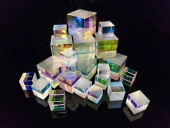
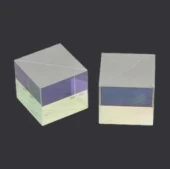
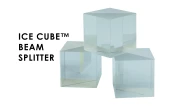
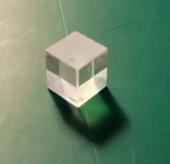
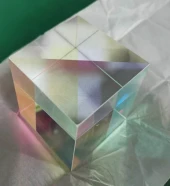
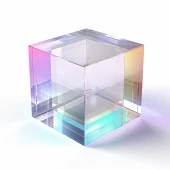
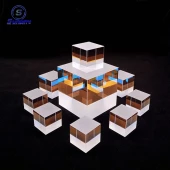
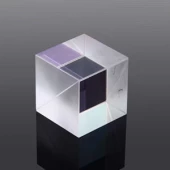
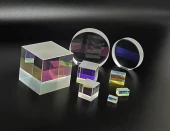
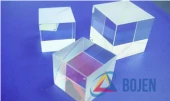
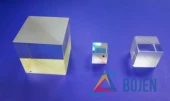
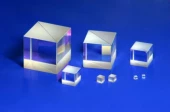
Your inquiry has been received.
Create an account by adding a password
Why create an account?
- Auto-complete inquiry forms
- View and manage all your past messages
- Save products to your favorites
- Close your account anytime — no hassle
